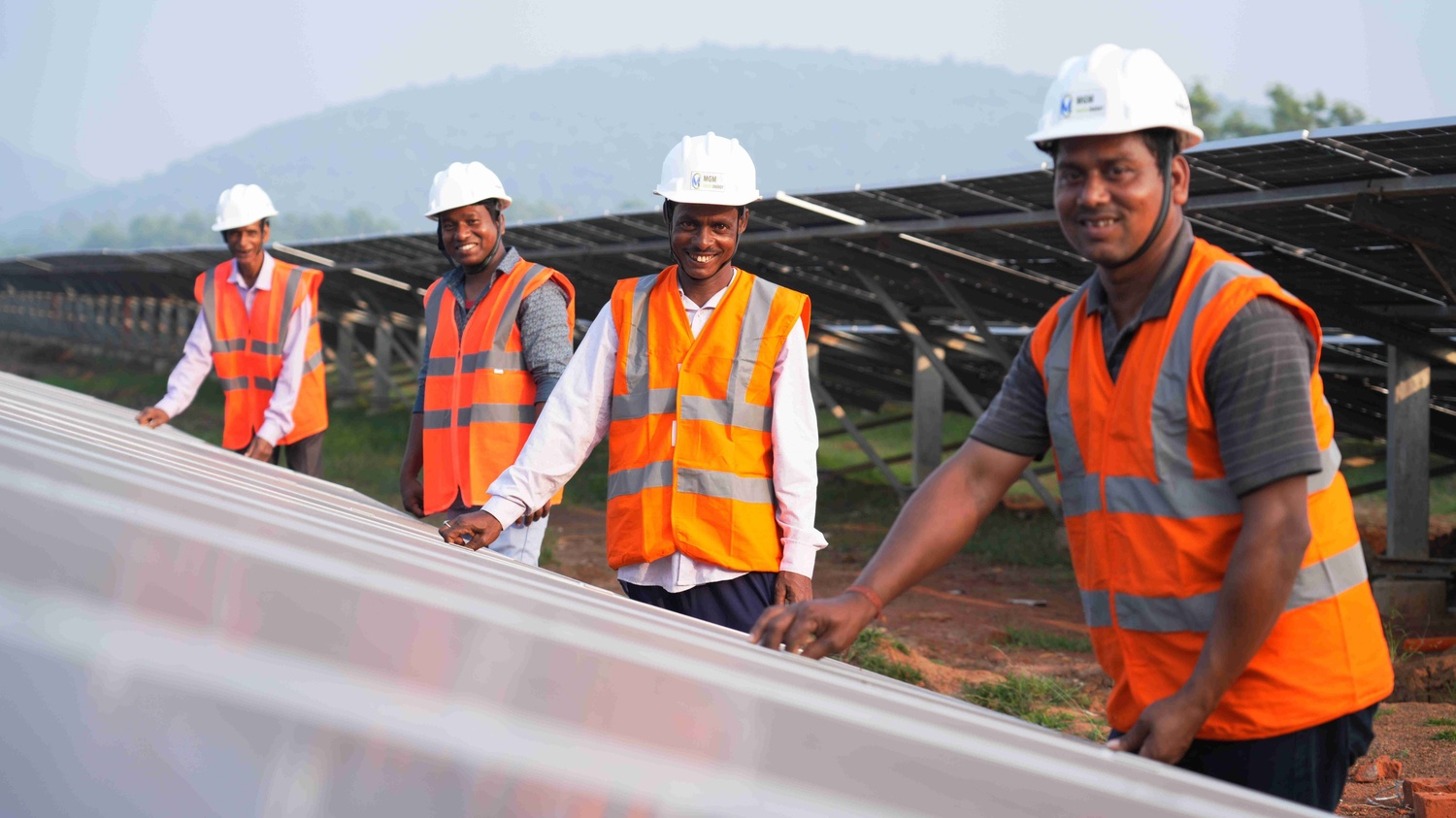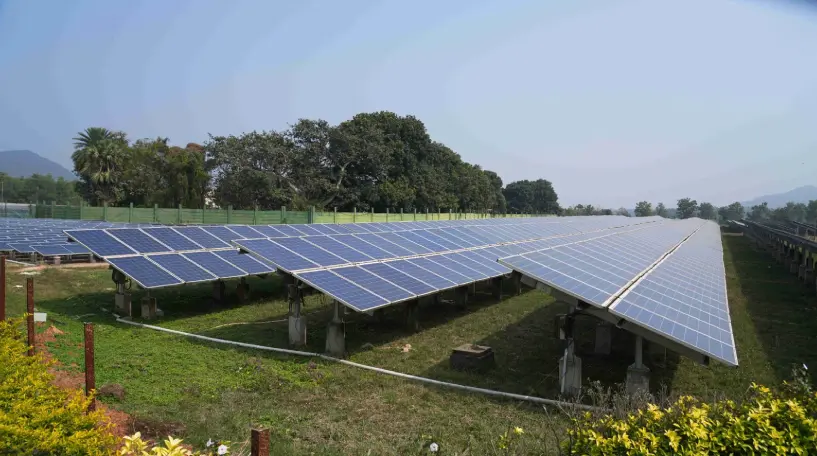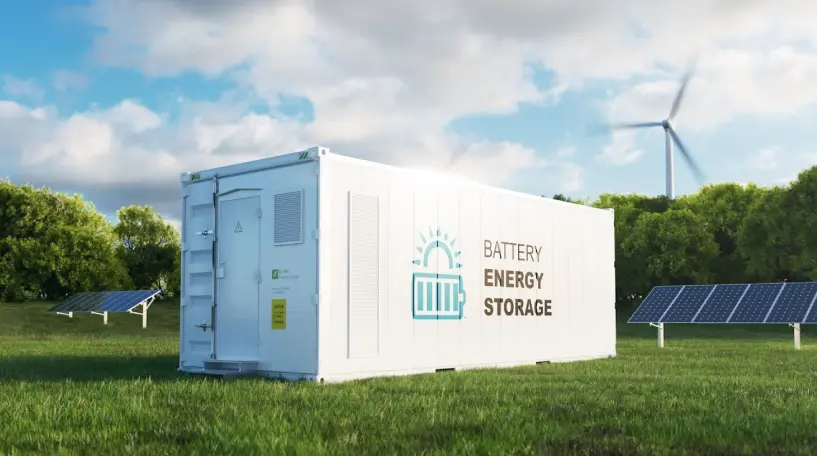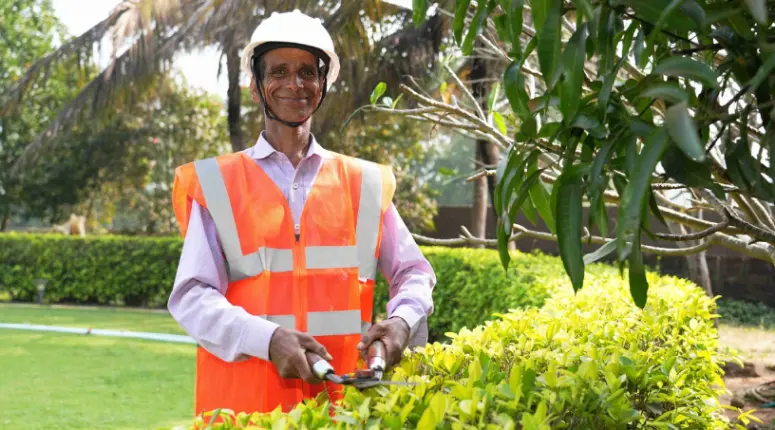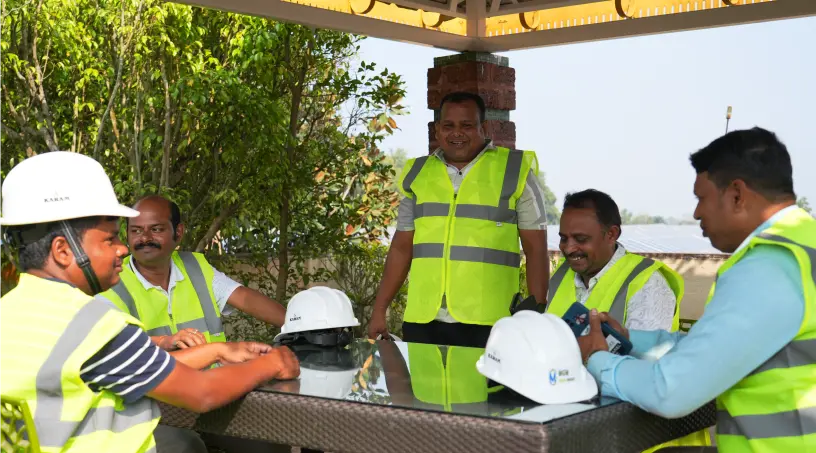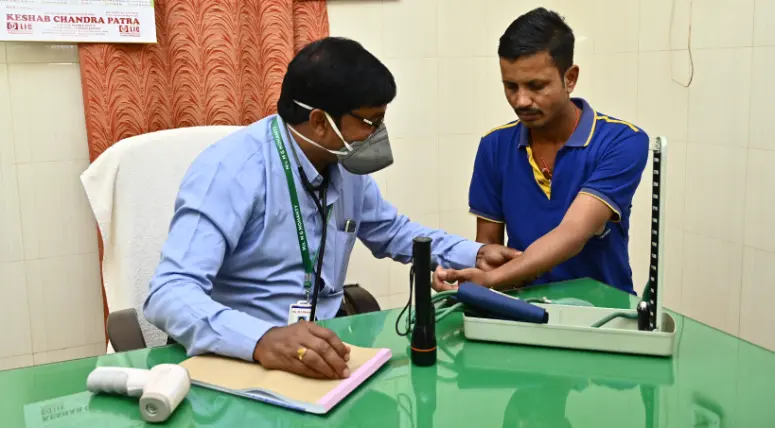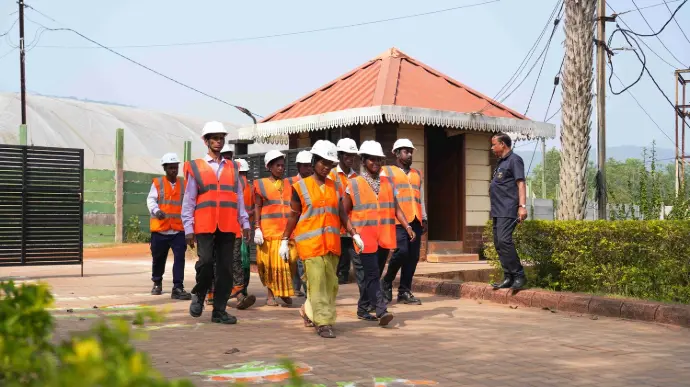India's solar energy sector has witnessed remarkable advancements in recent years, solidifying its position as a global leader in renewable energy. As of March 31, 2024, the country's installed solar power capacity reached 81.81 GW, contributing significantly to the national grid.
Key Developments in India's Solar Energy Landscape:
- Gujarat Hybrid Renewable Energy Park: Located in Kutch district, this ambitious project aims to generate 30 GW of renewable energy through a combination of solar and wind power, making it one of the world's largest hybrid renewable energy parks.
- Omkareshwar Floating Solar Power Park: Situated on the Omkareshwar Dam reservoir in Madhya Pradesh, this 600 MW floating solar power park represents a significant step towards utilizing water bodies for renewable energy generation.
- Dhirubhai Ambani Green Energy Giga Complex: Reliance Industries is developing this integrated renewable energy manufacturing complex in Jamnagar, Gujarat. The facility will encompass gigafactories for photovoltaic panels, energy storage, green hydrogen, electrolyzers, and fuel cell systems, with an investment of ₹75,000 crores (US$10 billion).
MGM Green Energy Limited's Role in the Renewable Energy Sector:
Headquartered in Bhubaneswar, Odisha, MGM Green Energy Limited (MGMGEL) has been a pioneer in revolutionizing renewable energy in the region since its incorporation in 2012. The company specializes in solar and wind energy projects, contributing to India's sustainable energy goals.
In collaboration with GRIDCO Limited, MGMGEL has been instrumental in advancing renewable energy initiatives in Odisha, focusing on the development and integration of clean energy solutions to meet the state's power requirements.
Government Initiatives and Policies:
The Indian government has implemented several policies to promote the adoption of solar energy:
- Pradhan Mantri Surya Ghar Muft Bijli Yojana: Launched in February 2024, this scheme aims to provide solar power to about 1 crore households, offering them 300 units of free electricity each month. Beneficiaries receive a fixed one-time subsidy directly into their bank accounts, encouraging the installation of rooftop solar panels.
- Domestic Manufacturing Mandate: Starting June 2026, India mandates the use of locally-made solar cells in clean energy projects, aiming to reduce dependence on imports and boost domestic manufacturing.
Technological Advancements:
The solar industry in India is embracing new technologies to enhance efficiency and output:
- Bifacial Solar Panels: These panels capture sunlight on both sides, increasing energy generation compared to traditional monofacial panels.
- Solar Energy Storage Systems: Advancements in battery technology are enabling better storage solutions, allowing excess energy to be stored for use during periods of low sunlight or high demand.
- Artificial Intelligence and Solar Tracking Systems: AI is being integrated into the manufacturing and maintenance of solar systems, while solar tracking systems adjust the position of panels to optimize sunlight exposure throughout the day.
Challenges and the Path Forward:
Despite significant progress, challenges such as reliance on imported components and the need for efficient recycling of solar equipment persist. Companies like MGM Green Energy Limited are at the forefront of addressing these challenges by investing in domestic manufacturing and sustainable practices.
India's commitment to expanding its renewable energy capacity to 500 GW by 2030 underscores the nation's dedication to a sustainable future. With continued innovation and collaboration among industry leaders, the country is well-positioned to achieve its ambitious energy goals.
For more information on MGM Green Energy Limited's projects and initiatives, please visit our official website.
